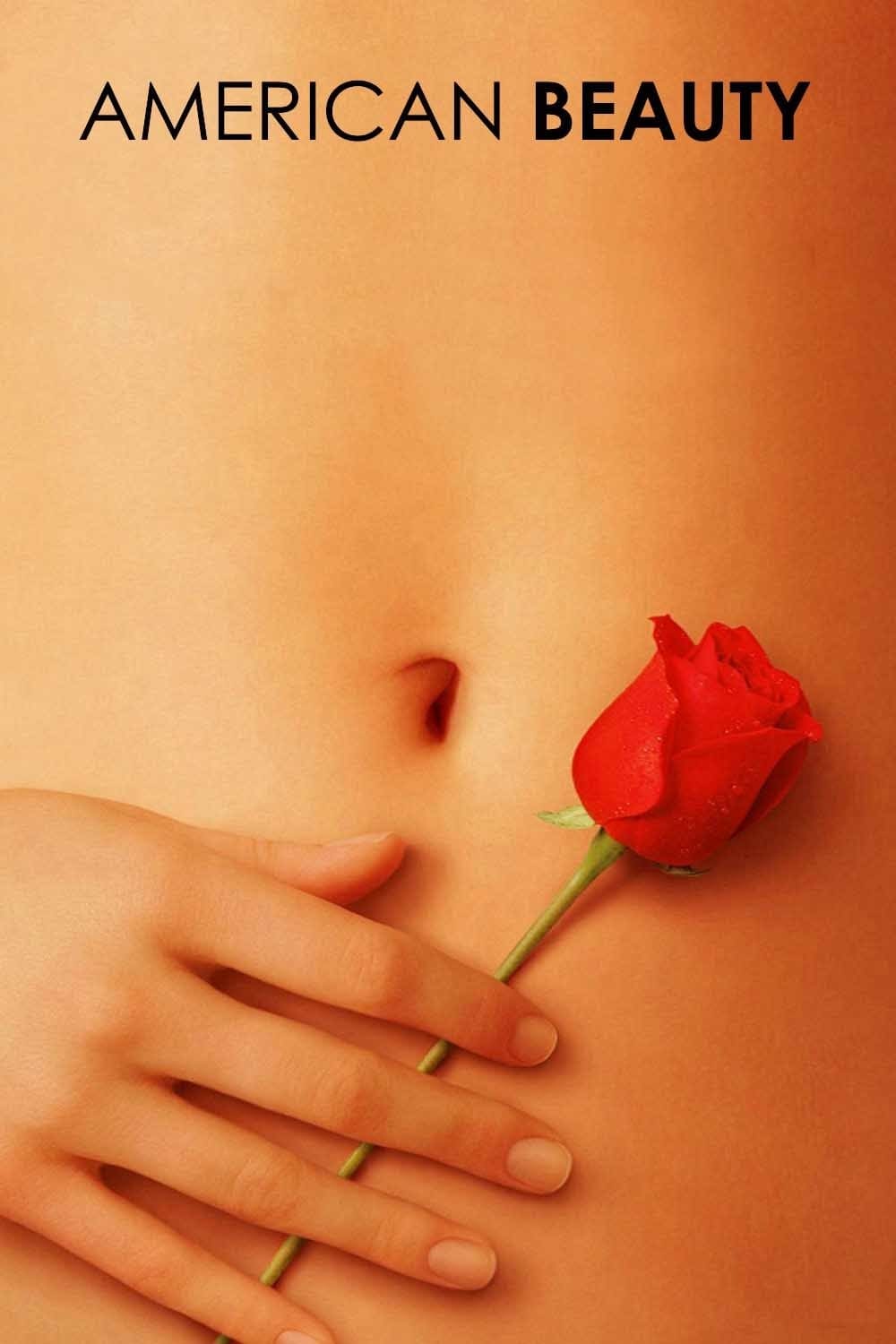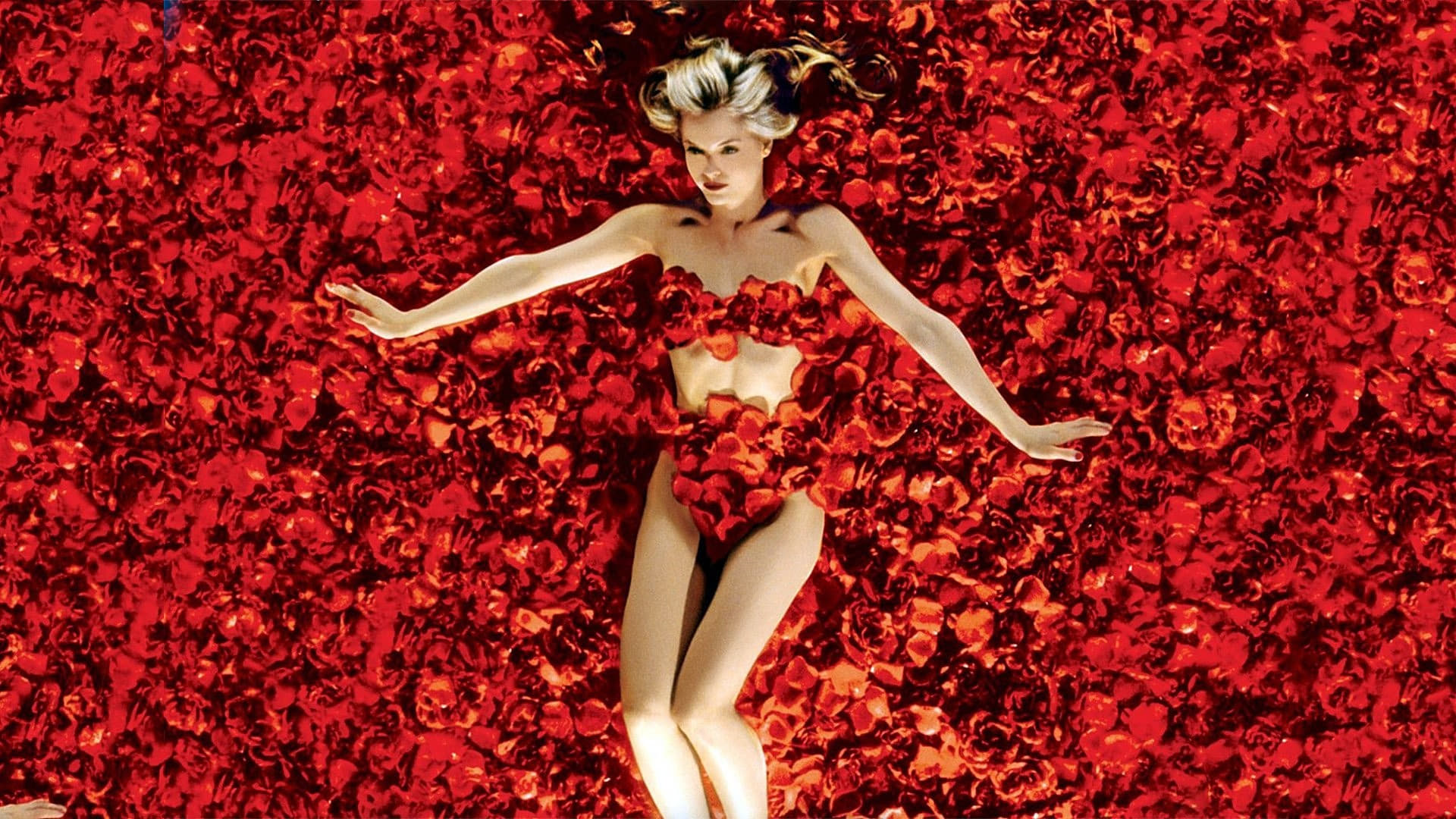Beyond the Roses: Unpacking the Unconventional Beauty of American Beauty
American Beauty, released in 1999, wasn't just a film; it was a cultural phenomenon. Beyond the surface-level exploration of suburban ennui and repressed desires, Sam Mendes' masterpiece offered a poignant and unsettlingly realistic portrayal of the American dream's dark underbelly, wrapped in a deceptively beautiful package. This isn't your typical review; we're diving deep into the film's unsettling complexities, exploring themes often overlooked in its legacy.
The Rot Beneath the Perfect Lawn: Deconstructing the "American Dream"
The film's iconic opening shot, Lester Burnham's narration juxtaposed with the pristine suburban landscape, instantly sets the tone. This idyllic facade is meticulously crafted, a veneer masking the festering discontent beneath. Each character embodies a different facet of this decay: Lester's midlife crisis, Carolyn's desperate pursuit of perfection masking insecurity, Ricky's alienation and artistic expression, Jane's quiet rebellion, and Colonel Fitts' repressed homosexuality and violent tendencies. The "perfect" American family is shattered, revealing the anxieties and contradictions that lie at the heart of the societal ideal. It's not just a critique of suburbia; it's a critique of the very values that supposedly define the American experience.
More Than Just a Pretty Picture: The Power of Visual Storytelling
American Beauty is a masterclass in visual storytelling. The film's cinematography, by Conrad Hall, is breathtaking, utilizing vibrant colors and striking compositions to enhance the narrative. The saturated hues, particularly the recurring use of red (roses, blood, Carolyn's dress), symbolize passion, desire, and ultimately, the violence simmering beneath the surface. The slow-motion sequences, often depicting seemingly mundane actions, lend an almost dreamlike quality, highlighting the characters' inner turmoil and their distorted perceptions of reality. This isn't just aesthetically pleasing; it's deeply symbolic, mirroring the characters' emotional states and adding layers of meaning to the narrative.
Beyond the Roses: Exploring the Ambiguity and Moral Grey Area
While lauded for its unflinching portrayal of human desire, American Beauty treads a complex moral path. Lester's transformation, while initially presented as liberating, is tinged with questionable ethics. His obsession with Angela, a teenager, raises uncomfortable questions about power dynamics and consent. The film doesn't offer easy answers; it forces the audience to confront uncomfortable truths and engage in moral ambiguity. This refusal to offer simplistic solutions is what makes the film so enduring and thought-provoking. The ending, particularly, is open to interpretation, leaving the viewer questioning the nature of redemption and the lasting impact of the characters' actions.
A Lasting Legacy: More Than Just a 90s Classic
American Beauty transcends its 90s setting. Its themes of alienation, societal pressure, and the search for authenticity continue to resonate with audiences today. The film's enduring power lies in its unflinching honesty, its willingness to explore the darker aspects of the human condition without resorting to judgment or simplistic solutions. It's a film that stays with you long after the credits roll, prompting reflection on our own lives and the society we inhabit. It's a film about beauty, yes, but also about the unsettling truth that often lies hidden beneath the surface.


